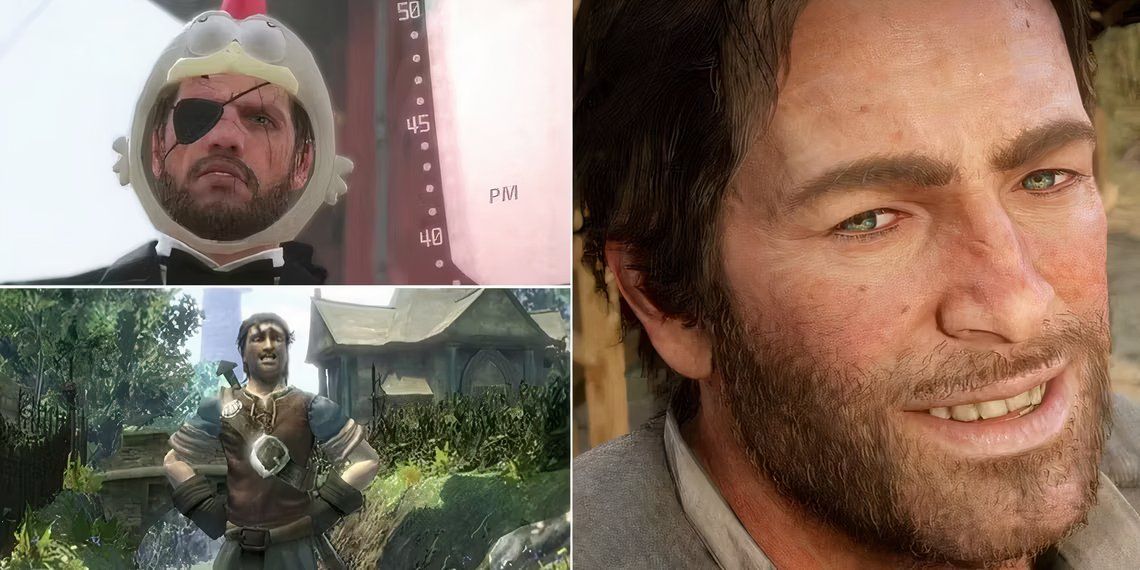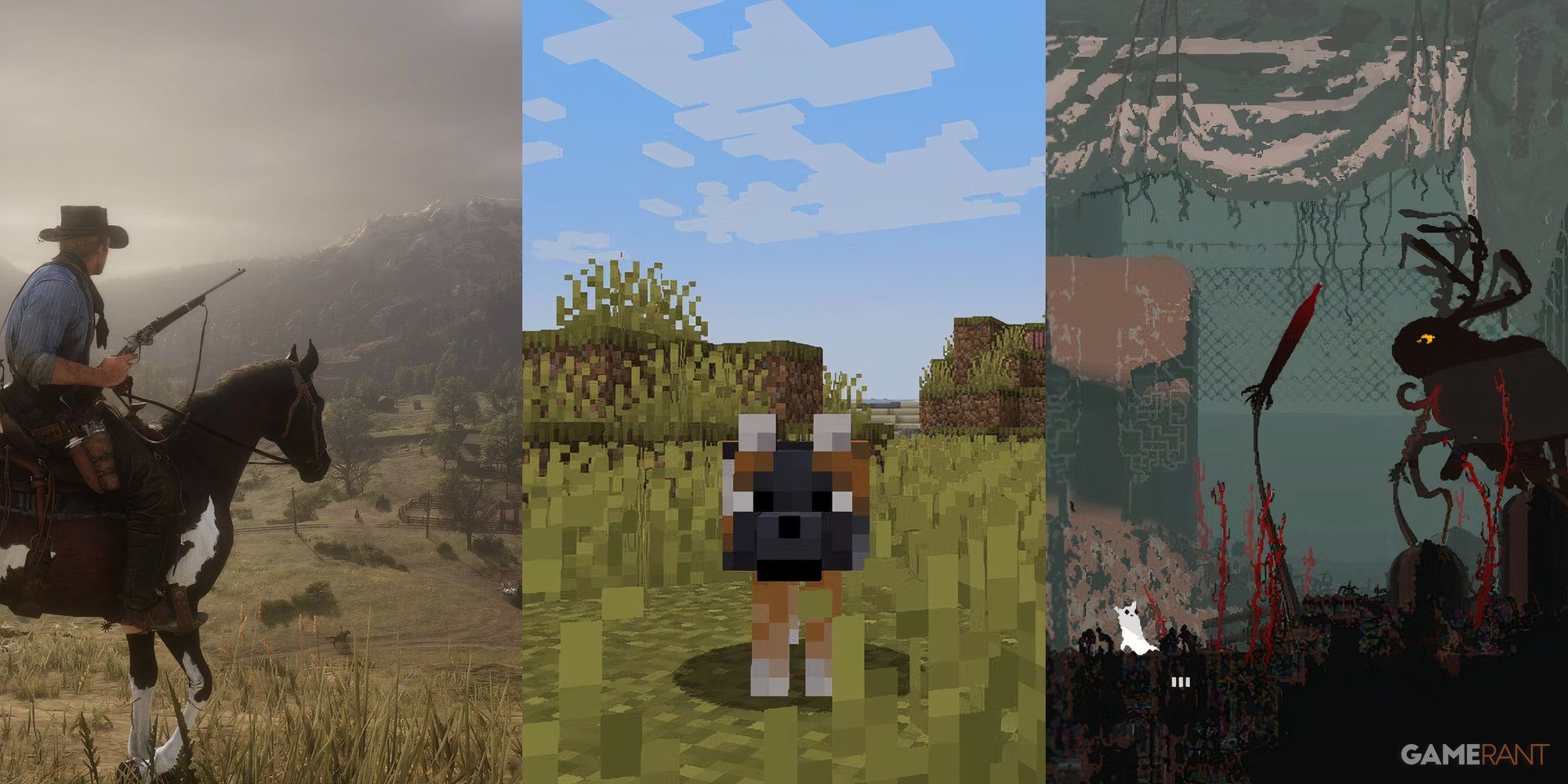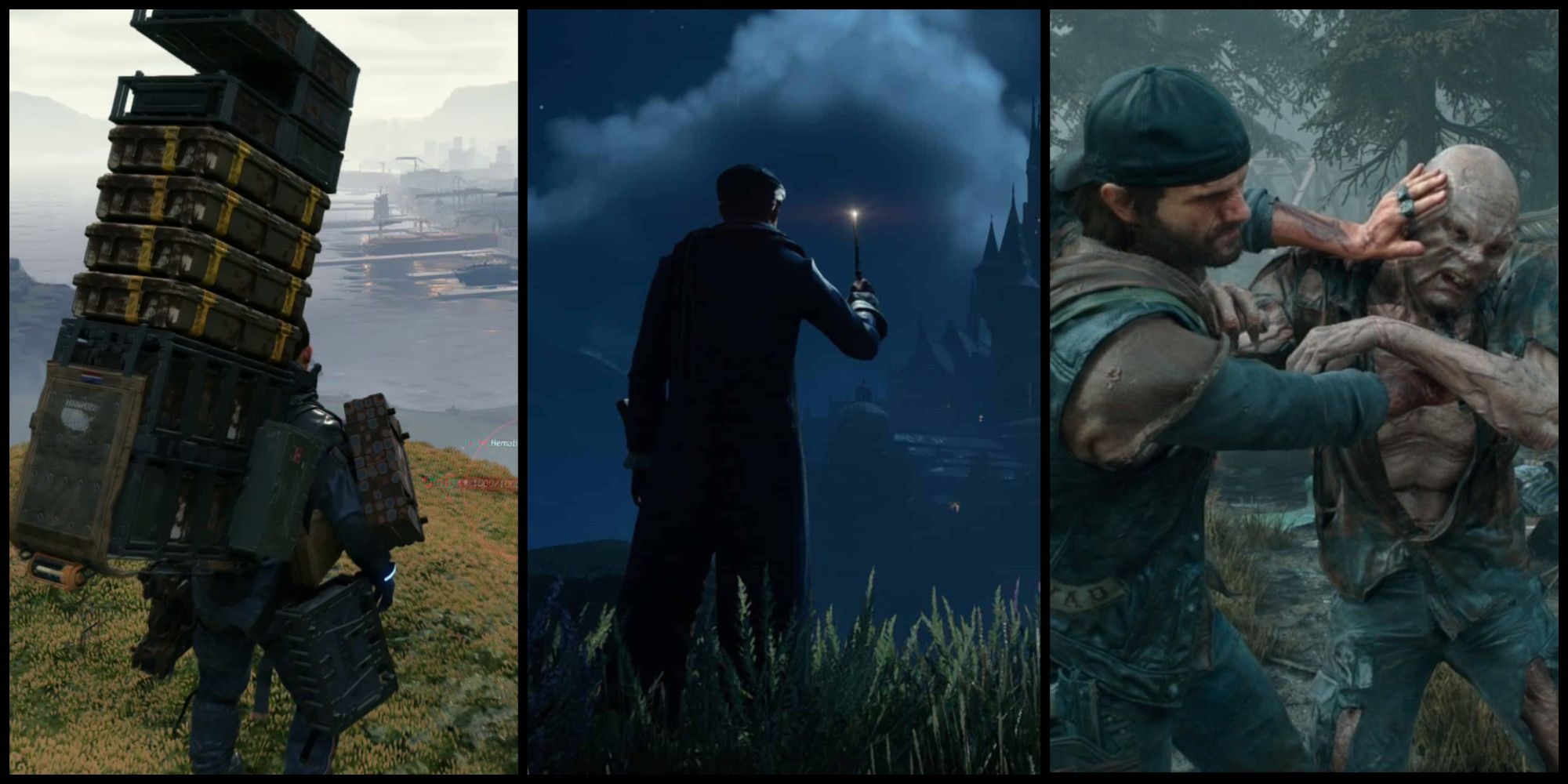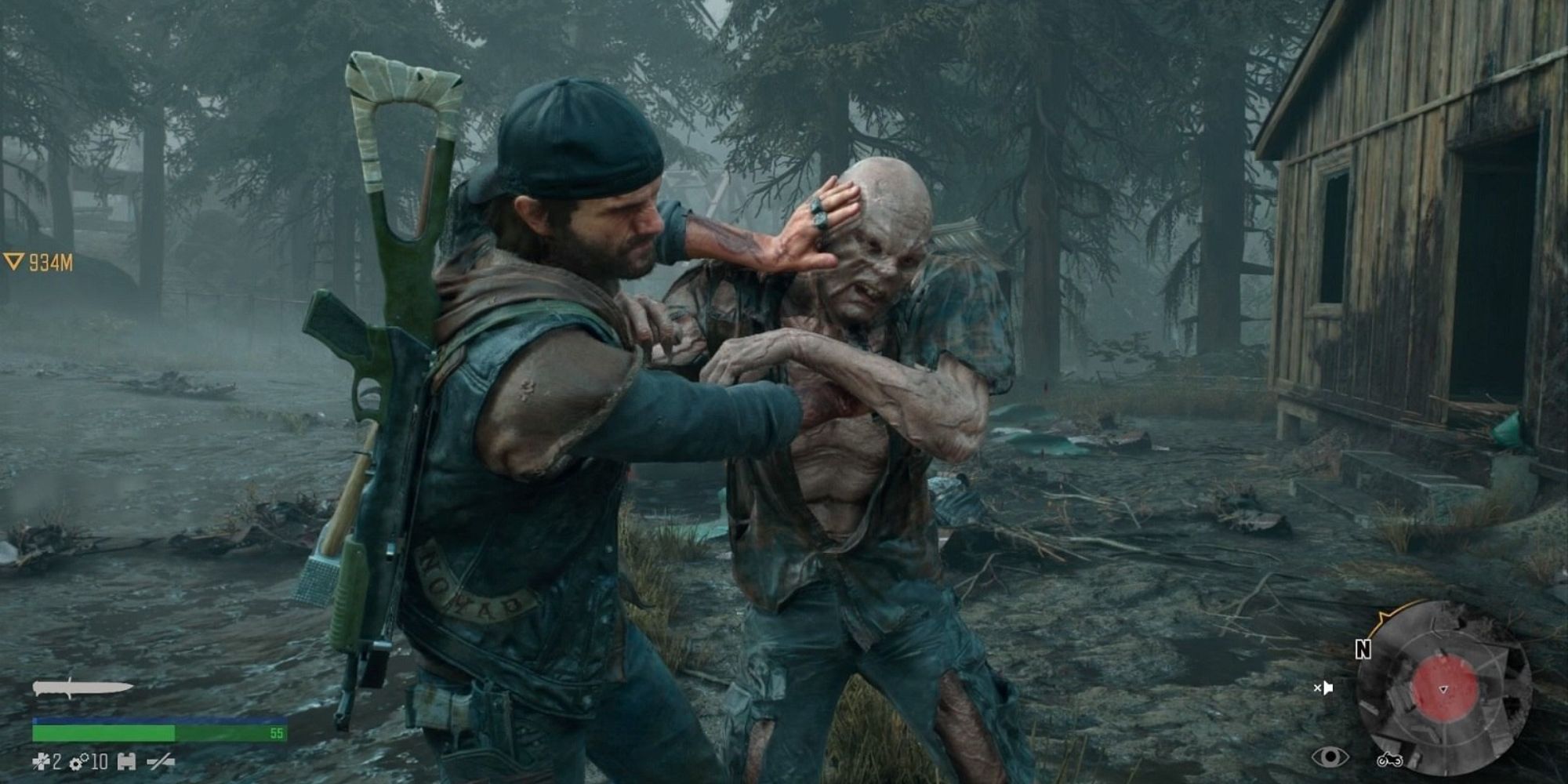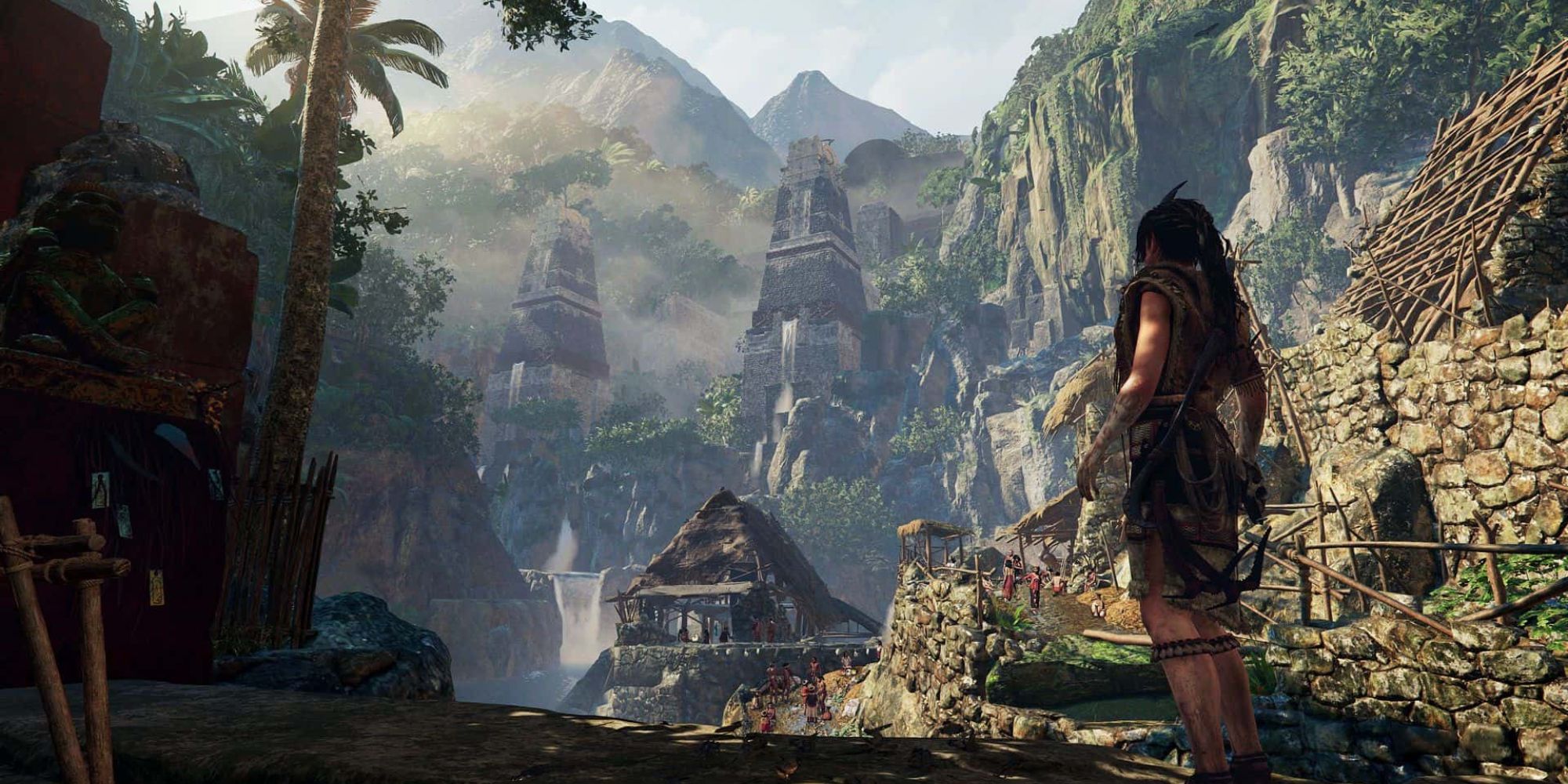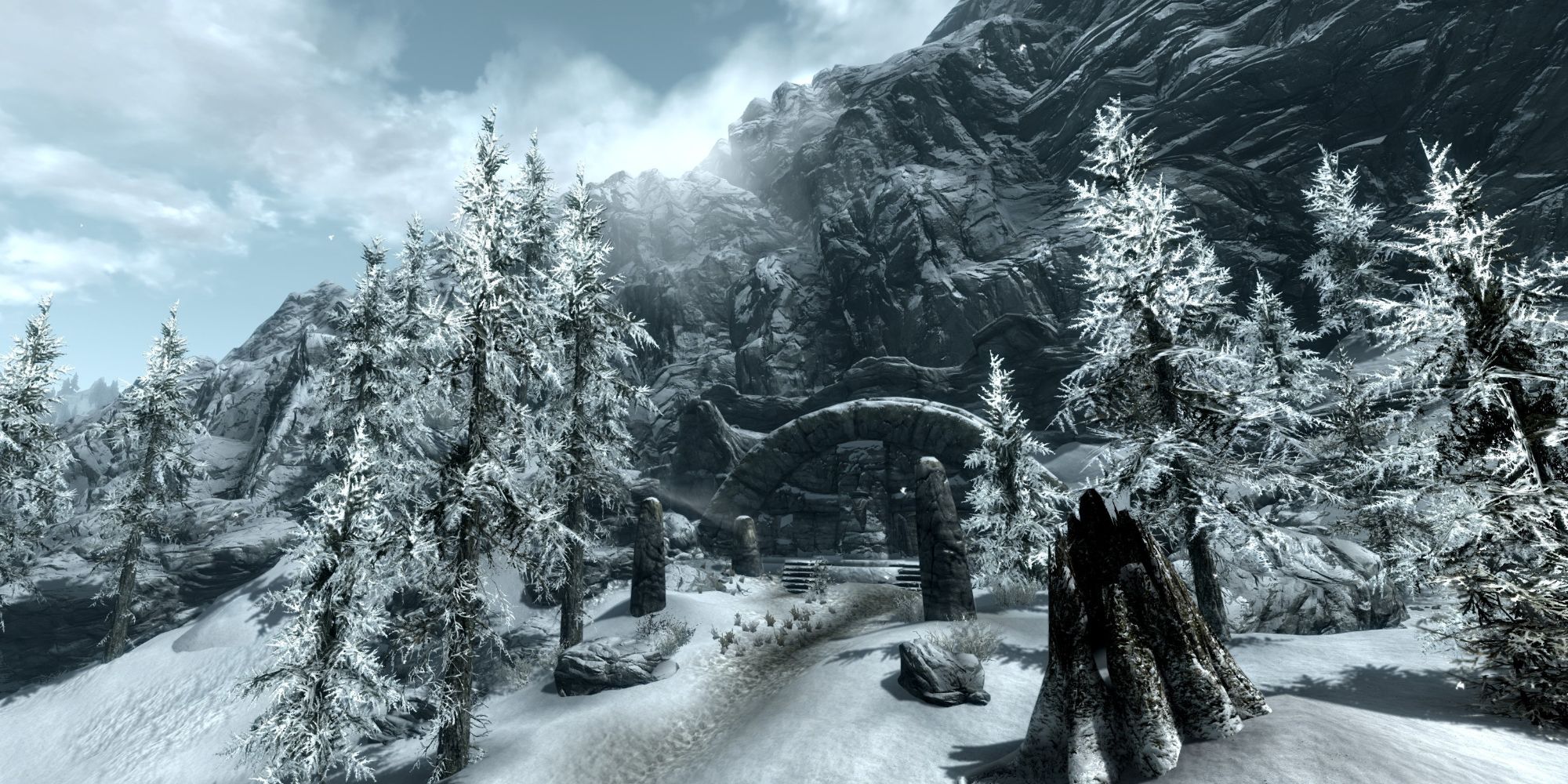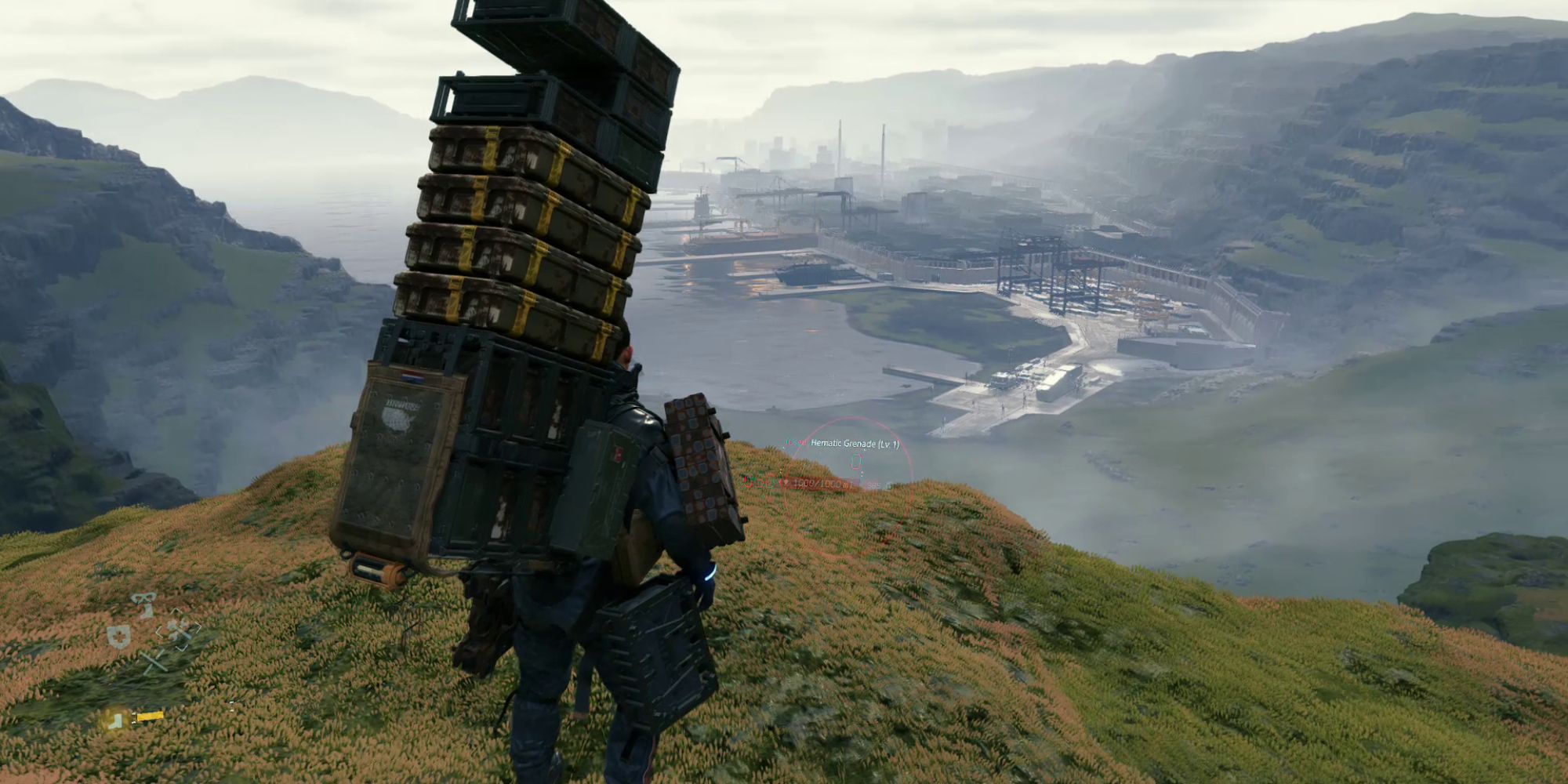Video games have provided the online community a chance to step into the shoes of sports stars, fictional characters, and pop culture icons. Through these experiences, gamers live out the impossible and achieve feats beyond their wildest dreams in a virtual setting. While the infinite number of titles take players to well-known places or entirely new ones, the gaming community often overlooks the plethora of skills a character might require for the sake of a smooth virtual experience.
In exchange for the make-believe worlds and gripping stories, players repay the favor by turning a blind eye to a game's aspects that would not translate well in the real world. From running non-stop to going days without sleep, there are a number of common skills that get overlooked for the sake of a more enjoyable gaming experience.
10 Enduring Hits
The human body is capable of some truly incredible things. However, video games often toe the line between fantasy and reality, then take a huge leap over it. While a real-life person could be felled by a moving car or a stiff strike with a blade, their video game counterparts find themselves far more durable and incredibly efficient in healing their wounds.
The longevity of a character and their ability to quickly recover from any injuries makes for a more user-friendly experience, otherwise many combat encounters would be near impossible.
9 Avoiding Sleep
For most, going more than a day without sleep would have result in red eyes and poor functionality. For video game characters, however, sleep is often just a way to pass the time and save progress. Players often find themselves wandering virtual worlds from dawn until dusk, through until dawn again.
Sleep is a necessity for human survival, but in most games it would be incredibly tedious, and at times impossible, to return home or to create a sufficient shelter for a power nap every day. While games often navigate around this with the development of the story and the use of cut-scenes, players who spend time exploring of their own volition will find themselves passing time without a need to rest.
8 Running
Movement is perhaps one of the biggest oversights in gaming. A character's limitless endurance can be the difference between an enjoyable game and one that is frustratingly restricted by the limitations of real-life energy management. Among the many details fans will ignore, a character's ability to cover great distances with little to no effect on their energy levels is a glaringly obvious one.
The purpose of allowing players to at least jog on a consistent basis makes sense. Controlling a character at a walking pace would be too slow, particularly in open-world games. However, applying this principle to the real world, there are not many human beings capable of running such distances without losing their breath.
7 Climbing
The acts of climbing a rock wall, pulling oneself up on a ledge, or even navigating a long ladder require a number of admirable physical and mental attributes. Climbing in any facet requires a significant amount of core strength, a vice-like grip, and a disregard for the dangers of maneuvering at great heights. To develop the corporeal and mental strength to conquer such obstacles can be an arduous task and not conquered by many...except for main characters of video games.
Some of gaming's best titles include characters that have climbing skills built into their DNA, which makes movement a breeze and ensures no wall, ladder, or rock face will get in the way of progress. Despite some character climbs seeming unrealistic, gamers are more than comfortable leaving the death-defying scrambles to the virtual experts.
6 Going Without Food or Water
Hobbits may want to cover their ears, because most video game characters fail to observe second breakfast, luncheon, and even elevenses. While food and water are vital resources in most mainstream video games, they often serve as a means of replenishing health and energy. In fairness, this is a realistic take on sustenance that is certainly applied in the real world. However, it certainly isn't as routinely required as it is for console owners.
With the exception of life simulators such as TheSims or survival games like Don't Starve, very few games feature hunger and thirst as an essential part of the game's functionality. As such, players can go days without adequate nourishment, so long as they remained unscathed from the threats in the game's environment.
5 Combat Proficiency
It is not easy to be an expert in combat of any variety, whether up close with fists or a melee weapon, or from distance with a long-range weapon. However, in the video game world characters must conquer some truly unbelievable feats of violence to overcome a multitude of foes and complete the game's narrative.
Given real-world athletes receive millions of dollars to be combat experts, it is clear that to be proficient in battle is to master a true art-form. Reviewing some of the all-time great role-playing and fighting games on the market and in the hearts of the gaming community, one would struggle to fathom how much skill, endurance, strength and luck it would take to overcome hundreds of adversaries throughout the course of a game.
4 Resourcefulness
Nothing halts the progress of a good game like needing to mix a tonic, repair a car, or craft a weapon — and having no idea how to do it. Because it would limit the possibilities within many popular games, players will often turn a blind eye to how uncannily resourceful their character is.
Applying the notion of being able to craft arrows or build a shelter from scratch to the real world brings to light just how talented a person would need to be to make these skills a reality. But for the sake of a seamless gaming experience, players will let this one slide.
3 Adaptability To Climate Changes
It is not uncommon for the human body to shut down in the face of an abrupt change in the climate, which usually results in the subject becoming ill. In fact, there are a variety of trigger for illness of the body, such as exposure to rain, excessive sun, or extreme changes in the temperature. Needless to say, the human body is not equipped for change...unless...
It's common for different sections of a game's environment to reflect different seasonal climates, particularly those with huge, open-world maps. This is a great point of difference and offers a fresh experience for the player, but an obvious, somewhat unrealistic advantage of virtually exploring these harsh climates is the character's ability to avoid sickness or illness that can accompany such changes.
2 Vehicle Operation
Gaming opens up possibilities for players to experience what it is like to commandeer a variety of vehicles, both living and machine. From horses to helicopters and everything in between, video game characters seem equipped to take the reins of them all.
Popular titles such as Grand Theft Auto 5 make the most of this gaming loophole, as main characters miraculously step into a car, tank, jet, or helicopter, able to expertly operate the vehicle. Realistically, it would take years for a person to learn to handle such a variety of machines, so it's probably better for time management that the characters put the work in ahead of time.
1 Carrying Cargo
Anyone with back-packing or camping experience will attest that packing the essentials can be heavy and cause quite a strain on those carrying the cargo. To navigate around this real-life problem, video game characters find themselves channeling their inner Mary Poppins with larger-than-usual inventory space, enabling them to carry multiple weapons, resources and even additional armor or outfits.
For those looking for a more realistic experience in carrying extra gear for travels, titles like Death Stranding embrace the challenge of carting around equipment, empowering players to manage the weight or risk their mobility being compromised. Some others, such as Skyrim, address this by limiting player movement when they exceed their inventory space.

